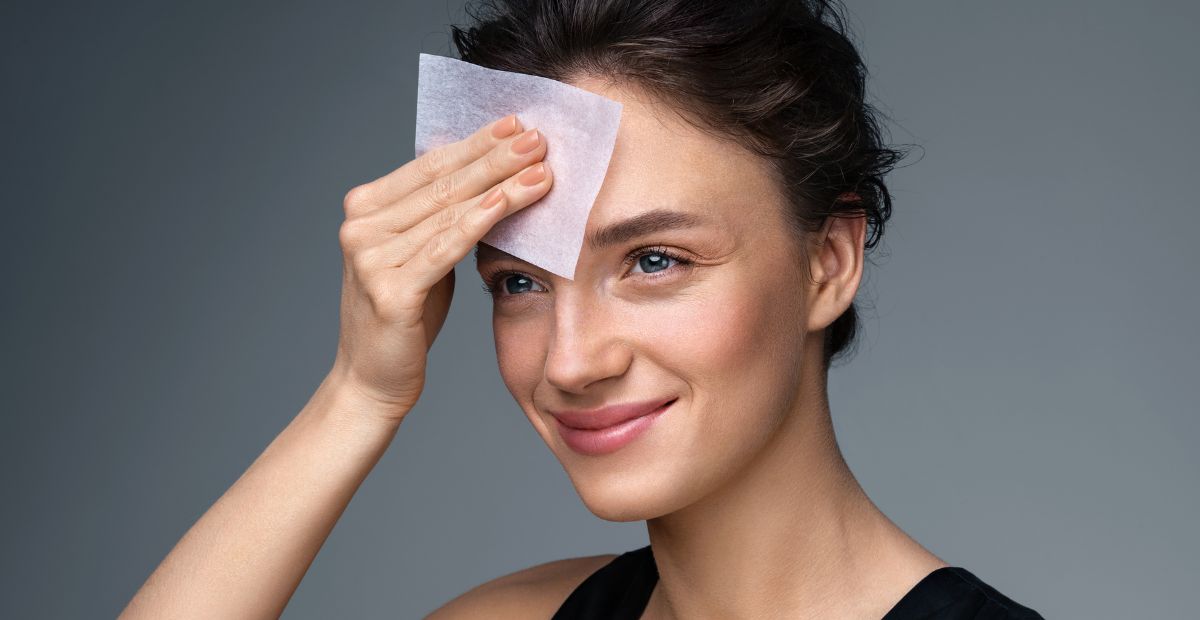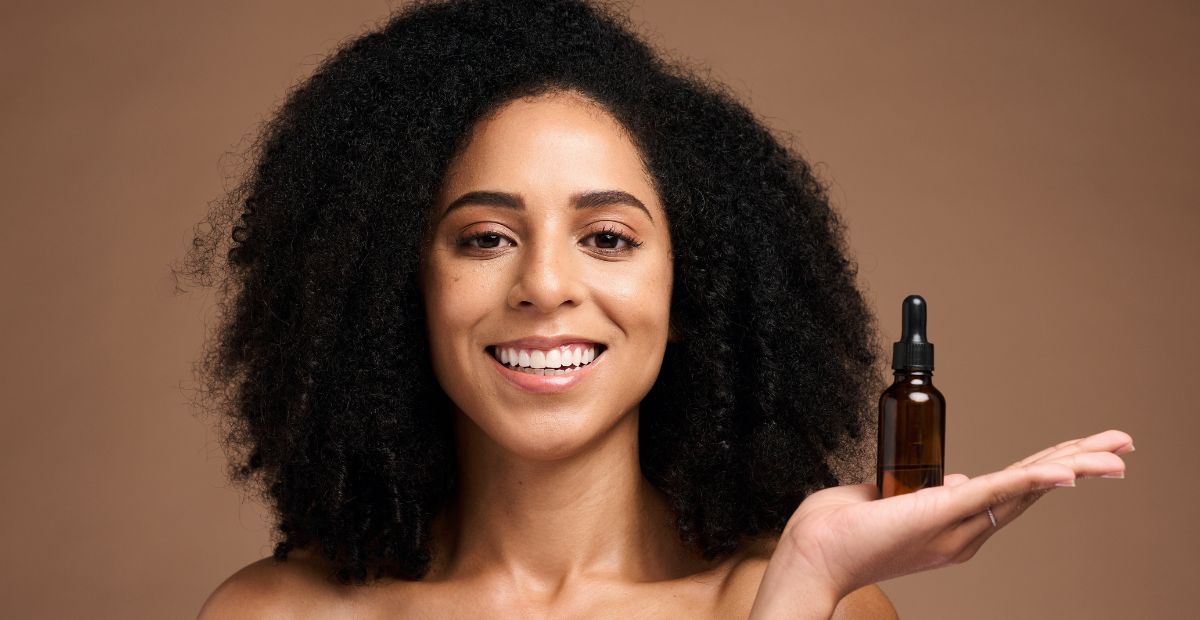What Is Double Cleansing, and Should You Be Doing It?
Onskin Content Team
Your guides through the skincare chaos

We bet you’d agree that cleansing is the backbone of any skincare routine, no matter your skin type. And honestly, it seems to be such a no-brainer—you just wash your face, no rocket science behind that. So why make it more complicated with the extra step of double cleansing? In this post, you’ll get the lowdown on this TikTok-favorite method, and chances are… you might even want to give this method a shot starting today.
What Is Double Cleansing?
Let’s get on the same page right off the bat. The core of this cleansing method is that you wash your face with two types of cleansers—first using an oil-based one, then a water-based one right after. So your typical one-step cleansing routine becomes a two-step process. You might be thinking, “What does this additional cleanse even offer? As if I don’t already spend an hour a day on skincare!” Read on for all the details.
How to Double Cleanse and Why Bother at All
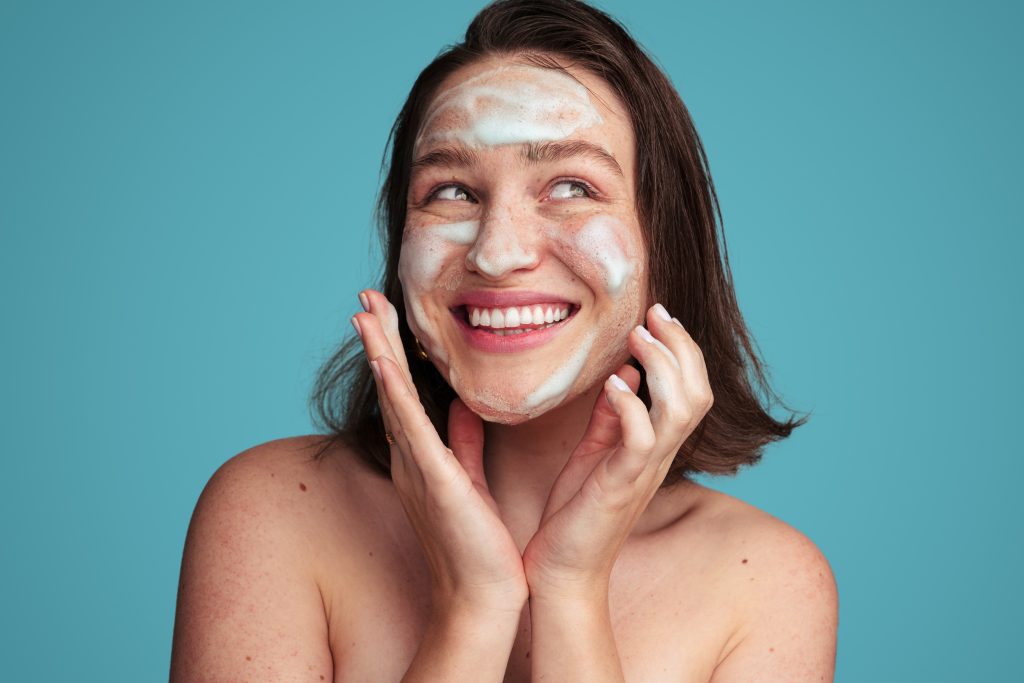
With the first cleanse (using an oil-based product, usually a cleansing oil or balm), you remove the sweat, makeup, and/or SPF that have been sitting on your face all day. This prep stage is like removing cords or other hurdles before starting a vacuum robot to ensure it performs its best.
Are there any tips on using oil cleansers? Most dermatology experts agree that it’s best to apply them on dry skin with dry hands (yes, going over your makeup is OK) because this way, their oil components will bind with dirt and oil more easily. Then, massage your face in circular motions and rinse the product off with lukewarm water—and voilà, the first cleansing step is done. If your skin could speak, it might already be sighing with relief!
Now that there’s no SPF or makeup residue on your face, the second, water-soluble cleanser has a great working environment—the components of the gel or foam now have better access to your pores and will efficiently remove impurities and any dead skin cells. Even if you don’t wash the oil cleanser away properly, you’ll do so with this second cleansing round.
Plus, double-cleansing is a springboard for the other products in your routine to penetrate deep into your skin and bring the maximum of benefits for its health.
Choosing the Right Cleanser: a Mini-Guide
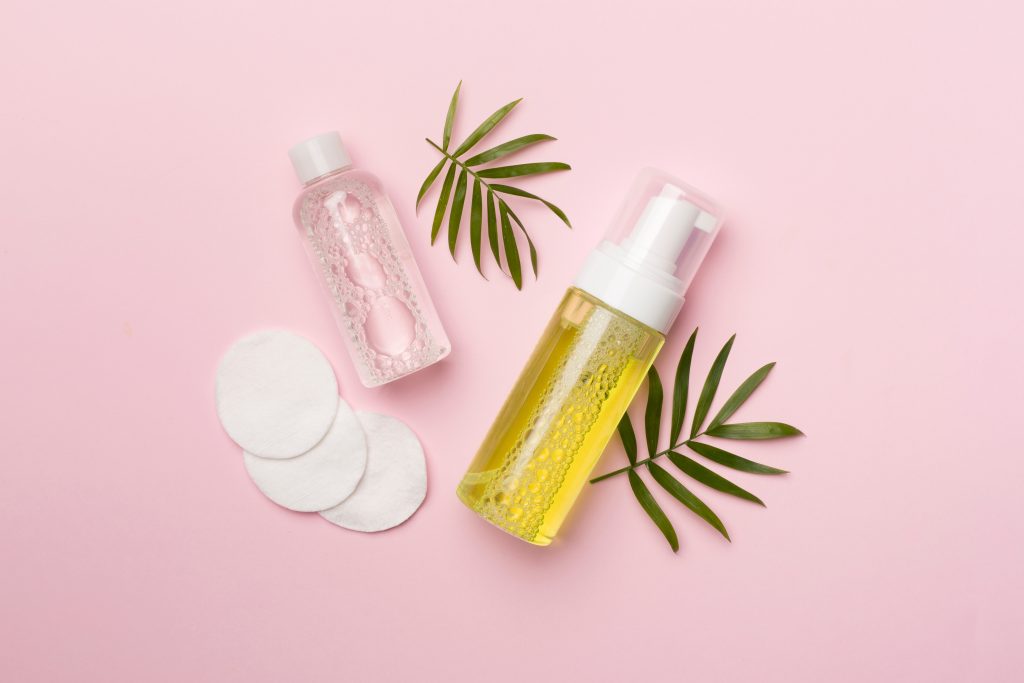
For starters, make sure all cleansing products you invest in actually fit your skin type and condition. Easier said than done, we know—a shoutout to everyone who ever bought a face wash claiming to be “hydrating, ideal for dry skin,” only to find it left your skin drier than ever.
So here’s a hack for finding your skincare matches: install the OnSkin app, navigate to the Profile > Skin and Hair Profile section, and complete a 2-minute survey about your skin. Then, scan the barcode of your potential buy or type its name—you’ll see if this product and your skin are compatible based on its ingredients and its effects. It’s akin to having a skincare and chemistry expert in your pocket, without the wait time or consultation fees.
Choosing a Cleanser 101
Of course, while using an app can be helpful, it’s not a complete substitute for a dermatologist visit, so whenever you have a chance to consult with a skincare professional, jump on it. If you feel you’re not ready to fully pass the buck to a digital tool, here are some extra insider tips on shopping for face cleansers:
- Avoid adding cleansing oil or balms that contain pore-clogging oils to your beauty regimen (here, ingredient scanners like OnSkin come in handy again, as they flag such components in products).
- By insisting on “no fragrance and no harsh chemicals, please!” for any cleanser, you significantly reduce the risk of irritation.
- When choosing water-soluble gels or foams, ditch those containing sodium lauryl sulfate (SLS) and sodium laureth sulfate (SLES), especially if your skin is dry or normal—these components can dry out the skin and deplete the protective layer. Instead, look for the ones formulated with hyaluronic acid, amino acids, and other hydrating ingredients that won’t damage the barrier.
- If your skin is oily or combination and you want to actively kick blackheads and shine out of your face, the holy-grail ingredients in cleansers are niacinamide, zinc, acid components (namely salicylic, azelaic, or mandelic acids, alpha hydroxy (AHA) and beta hydroxy acids (BHA), and other oil-controlling and anti-inflammatory ingredients.
- One more rule, or rather a recommendation, on double cleansing: remember to actually practice both the steps. All products with oil-based formulas need thorough cleaning afterward—otherwise, the oil residue may clog your pores and potentially promote zits (though on some days, washing your face even once is a feat of itself, we get it).
Is Double Cleansing OK on the Daily?
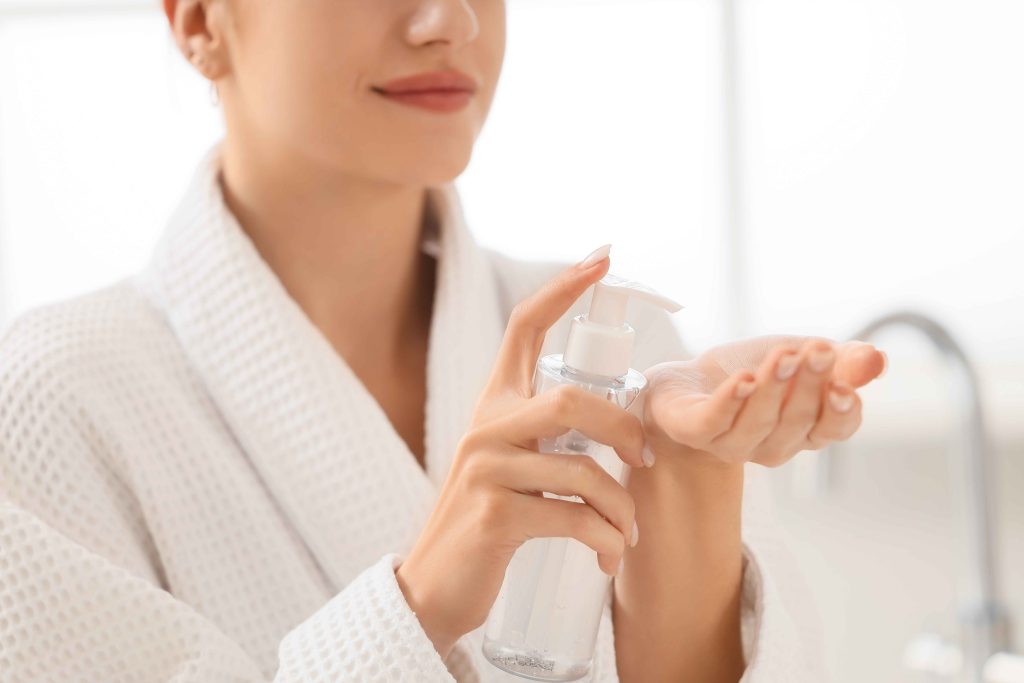
For most people, double cleansing daily isn’t a must, as this method always goes hand-in-hand with the risk of overwashing. Using harsh cleansers on sensitive or dry skin can mess with your protective barrier, bringing about irritation, dryness, inflammation, extra redness, and tightness—all the stuff we’re really trying to keep away from our skin.
For those with oily skin, over-cleansing can boost oil production, resulting in even more shininess and potentially more zits.
So what’s the ideal cleansing strategy? We recommend washing your face with a mild water-based cleanser in the morning, and on days when you feel like your skin needs a more thorough refresh, practice double cleansing.
NB! If you have eczema or rosacea, it’s a good idea to see a dermatologist before trying double cleansing, just to make sure it won’t make things worse.
Bottom Line
In a nutshell, double cleansing is the extra mile you take to dissolve all impurities and rule out any chance of leftover grime building up on your skin. The method goes a long way especially if
- you’re not a concealer-once-a-month type of girl—you love makeup and wear it regularly and prefer heavy, substantial textures and full coverage foundation;
- you use a water-resistant sunscreen;
- your skin is oily or combination–oils are naturally attracted to other oils, so this type of cleanser will get rid of any dirt, sweat, and excess oil from your face (whoever said that only opposites attract?);
- your skin is sensitive and/or dry—oil-based cleansers are formulated to give your skin a gentle yet intense cleanse, all while not stripping its protective barrier.
However, keep in mind that everyone’s skin is unique and may react differently to this cleansing method. If you’re determined to welcome double cleansing to your routine, monitor how your skin reacts to it and tweak your face-washing regimen if needed.
FAQ
-
Where do I start with OnSkin?
Download the app and think of a product you’d like to know more about. Then, go to the main screen and choose how you’d like to get the info —by manually looking it up in the search bar, by scanning its barcode, or by simply taking a picture of the packaging. Once you’ve done any of these, you can see how safe the product is and if it suits your skin or hair (if this analysis is available).
-
What is Safety Rating, and how is it calculated?
In OnSkin, we base product rates on ingredients. Each is closely studied by our medical team and then evaluated. This way, each product gets a score from 0 to 100, with 100 as the safest level.
Safety Levels
- Excellent (76–100)
- Good (51–75)
- Not great (26–50)
- Bad (0–25)
These scores are backed by the latest scientific studies. You can find links to the resources we’ve used on each ingredient page. To assess the safety of product ingredients, we evaluate them according to the following parameters/criteria
- Endocrine disruption risk / Reproductive toxicity
Indicates the probability of mimicking, blocking, or interfering with the body hormones.
- Сarcinogenicity
Measures the potential risk of inducing cancer.
- Allergy risk
Estimates the probability of an allergic reaction.
- High concentration alert
Determines the risk of being unsafe in certain amounts.
-
What is Skin Match?
Based on the info you input about your skin type, age, skin care goal, and other “settings,” OnSkin checks how well a product is tailored to your unique skin needs — it’s basically like a dermatologist helping you find the right products, minus the fees and the long wait. The product you’re checking might be labeled as It’s a match!, Hit-or-miss, or Not a match for you. The app also detects ingredient groups such as Anti-acne, Anti-inflammatory, Moisturizes, May be drying, Comedogenic, and others — by tapping one, you see exactly what ingredients from this or that group are in the product.
-
I seem to have a problem with using the app. Who should I contact?
Please reach out to us at [email protected], and we’ll carefully look into your issue. Your ideas for improving the app are also very welcome!
-
Do you have an Android version?
Not yet! Hey Android users, we hear you, and we're thinking about making an Android version, but we haven't started the development yet.
Tracker Sent!
It’s on the way to your inbox.



